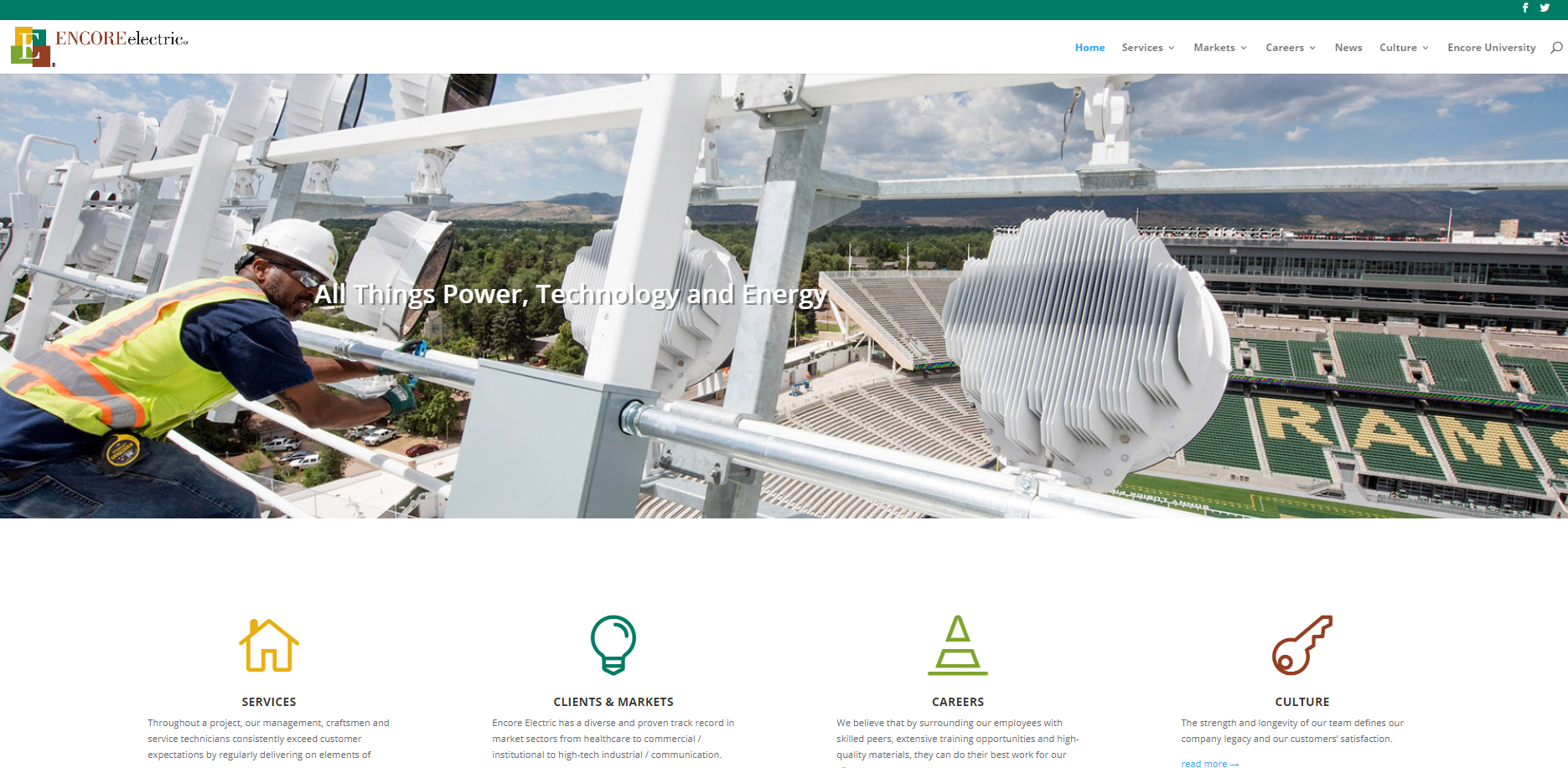

Exploring primary students’ reasoning about ecosystems. Currently, her research focuses on supporting preservice and inservice teachers’ use of scientific modeling in their science lessons and exploring how their students use models to develop scientific explanations.įull bio: /person/laura-zangori Over the past 6 years, Zangori has taught and worked with students ranging from elementary through undergraduate classrooms on using the NGSS practices to support students’ scientific explanations about how and why scientific phenomenon occurs. Laura Zangori is an Associate Professor of Science Education at the University of Missouri. Please scroll down to learn more about these exciting projects!

In addition, we have three grant funded in-process interdisciplinary projects: We found that the physical Learnscape environment enhanced student ability to draw and talk about renewable energy systems (Cole, Fallahhosseini, & Zangori, in preparation). This project examined student development of energy literacy in two schools, one with and the other without a Learnscape. Common features include edible gardens, native plantings, rainwater catchment, and renewable energy systems such as photovoltaic panels or wind turbines. A Learnscape is an outdoor classroom that promotes human-nature interactions (Tyas-Tunggal, 1997).
#Encore energy systems inc website tv#
In addition, we received media coverage through the MU system as well as from the student newspaper at Mizzou and a broadcasted interview with the local TV station KOMU.Ĭurrently, we are completing a project that explored the impact of place-based learning in a “Learnscape” that helped students make sense of energy flow. We received exciting media coverage for this initial study through several outlets such as District Administration, eSchool News, Futurity, and Spaces for Learning. They then relied on the Eco Schoolhouse to discuss what a positive relationship looks like. Interestingly, those students who were assigned to the Eco Schoolhouse as their physical classroom described the relationship positively while those students in the classroom next door (that were not in a green building) described a negative relationship between their building and the ecosystem. In our initial study, we found that even without a curricular intervention about the green building on the elementary school campus (called the Eco Schoolhouse), the students still used the Eco Schoolhouse to make human-ecosystem connections ( Zangori & Cole, 2019). An ecologically literate person is someone who has knowledge of ecological principles, considers their human agency within ecological systems, and understands how and why human and natural systems are connected through multiple cause and effect relationships occurring across both spatial and temporal dimensions (Jordan et al., 2009 McBride et al., 2013 Morrone, Mancl, & Carr, 2001). We began our project work through exploring how a green schoolhouse impacted 5 th grade students’ ideas about the relationship between their school building and the local ecosystem to build their ecological literacy. We believe that using the place that students inhabit daily – their school building – gives them a concrete understanding about systems to consider how actions, changes, or malfunctions in one part of a complex natural and/or human system affects the overall system. We use place-based learning for students to consider the relationship and interactions between human systems, such as their school building, and natural systems that span from local to global. These themes are also deeply attuned to a student’s lived experience in place. Just as an encore summons the repetition of a well-loved piece, we believe that important themes in science education are learned through iterative re-play. In our approach students use model-based reasoning to explore the relationships between the built environment and Earth Systems. We are an interdisciplinary team with leading experts in the areas of causal, model-based reasoning to develop youth ecological literacy (Zangori) and the development of youth green building literacy (Cole). Welcome to the ENCORE learning lab where we teach science education through sustainable architecture across K-16 grades. Energy in Your Environment (EYE) curriculum unit Eco Schoolhouse Student Drawing


 0 kommentar(er)
0 kommentar(er)
